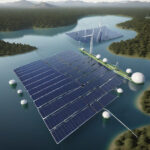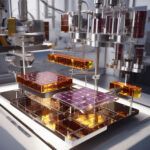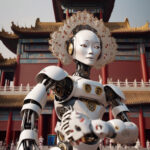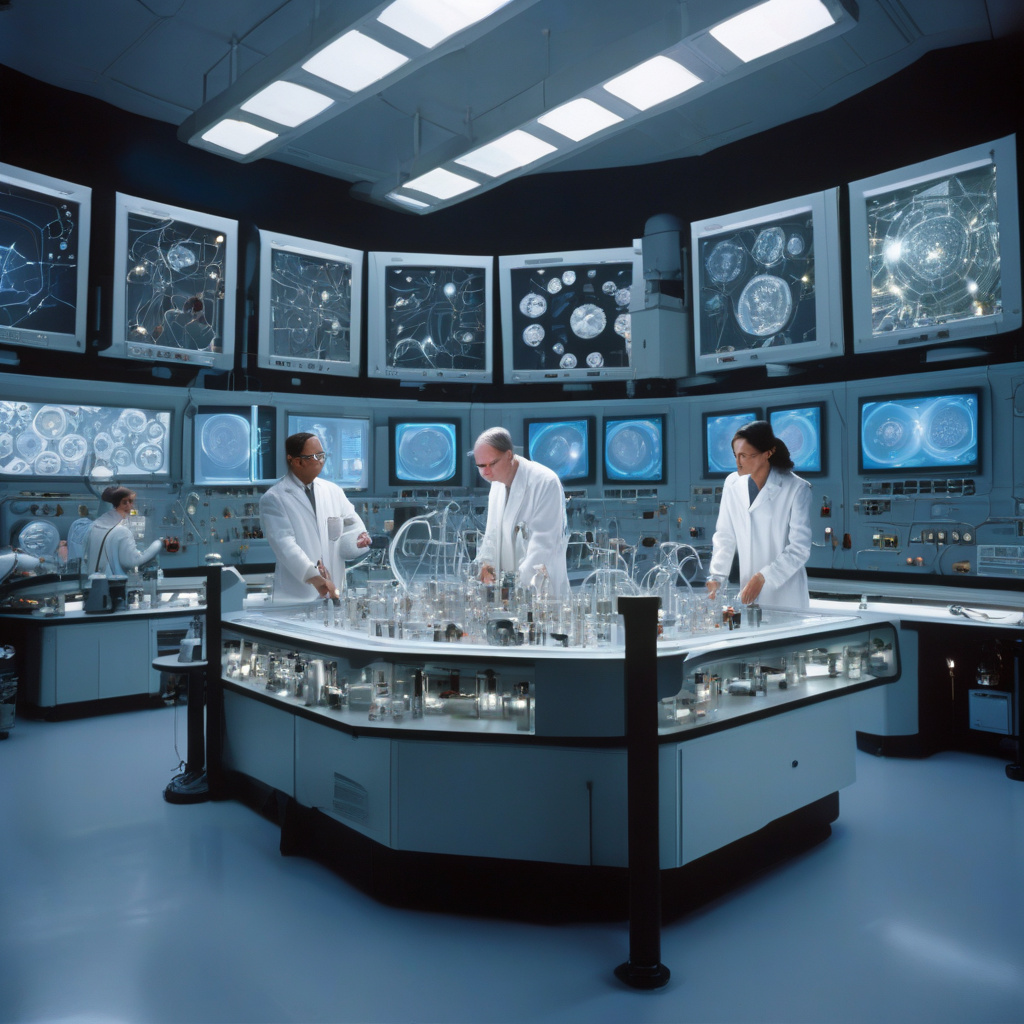Light Wizardry: Room-Temperature Trick Mimics -454°F Lab to Trigger Quantum Effects
In what might come across as quantum wizardry, researchers at the University of Konstanz in Germany have achieved a groundbreaking feat in the field of quantum physics. By employing a room-temperature trick, they were able to mimic the ultra-cold conditions of -454°F typically required to induce quantum effects. This innovative approach opens up a world of possibilities for advancing quantum technologies and pushing the boundaries of what was once thought impossible.
Quantum mechanics, with its peculiar principles that defy classical physics, has long been a source of fascination and intrigue for scientists. The ability to control and manipulate quantum states is at the heart of quantum technologies, promising revolutionary applications in computing, communication, and sensing. However, harnessing these quantum effects has often been hindered by the need for extreme cold temperatures to maintain coherence and superposition of quantum states.
The team at the University of Konstanz tackled this challenge head-on by developing a method that allows them to simulate the quantum behavior of particles at room temperature. By using a combination of lasers and magnetic fields, they created an environment where quantum effects could be observed and controlled without the need for cryogenic conditions. This novel approach not only simplifies the experimental setup but also paves the way for practical applications of quantum phenomena in real-world scenarios.
One of the key implications of this research is the potential for developing room-temperature quantum devices that could revolutionize various industries. For instance, quantum sensors operating at ambient temperatures could be used for high-precision measurements in fields such as healthcare, environmental monitoring, and security. Similarly, room-temperature quantum processors could significantly enhance the speed and efficiency of computing systems, leading to a new era of quantum computing.
Moreover, the ability to trigger quantum effects at room temperature opens up new possibilities for studying fundamental quantum phenomena in controlled settings. Researchers can now explore the intricate details of quantum entanglement, superposition, and coherence without the constraints of extreme cold environments. This deeper understanding of quantum mechanics could lead to further advancements in quantum theory and pave the way for future breakthroughs in science and technology.
The work done by the University of Konstanz team represents a significant step forward in the quest for practical quantum technologies. By demonstrating that quantum effects can be harnessed at room temperature, they have overcome a major hurdle in the development of quantum devices and systems. As this research continues to evolve, we can expect to see a wave of innovation and progress in the field of quantum physics, with far-reaching implications for the way we perceive and interact with the world around us.
In conclusion, the room-temperature trick developed by the researchers at the University of Konstanz has unlocked a new realm of possibilities in the realm of quantum wizardry. By mimicking the extreme cold conditions required for quantum effects, they have set the stage for a quantum revolution that promises to transform industries and reshape our understanding of the universe. As we embark on this quantum journey, the only limit to what we can achieve is our imagination.
University of Konstanz, Quantum Physics, Room-Temperature Trick, Quantum Technologies, Quantum Effects.












